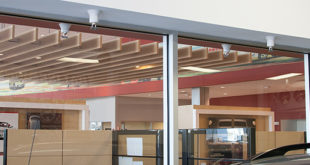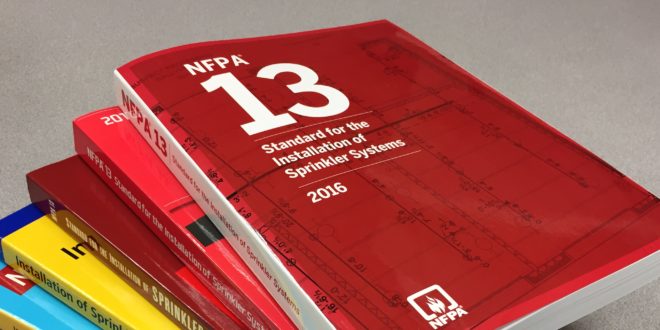
Changes in 2016 NFPA 13
Understanding Free Flowing Group A Plastics
The most important step in developing a design concept for protecting storage occupancies is to determine the overall storage commodity classification. This is not always an easy task, because of the varying extent of products that are stored and the method in which they are packaged. One item that often alters the classification process is the introduction of Group A Plastics into Class I-IV commodities. NFPA 13, Standard for the Installation of Sprinkler Systems, has remained constant in dealing with mixed commodities since including the old 231C, Standard for Rack Storage of Materials, as part of its text. The 2016 edition 5.6.1.2.2 states, “Unless the requirements of 5.6.1.2.3 or 5.6.1.2.4 are met, mixed commodity storage shall be protected by the requirements for the highest classified commodity and storage arrangement.” For this reason, understanding the influence of plastics on the overall commodity classification is very important. While there are numerous items involving plastics that could be discussed, this article will limit its discussion to that of “Free Flowing Group A Plastics,” and the changes that have occurred between the 2013 and 2016 editions of NFPA 13.
First and foremost, it is important to understand what a free-flowing plastic is. The 2016 edition 3.9.1.14 states, “Free-Flowing Plastic Material: Those plastics that fall out of their containers during a fire, fill flue spaces, and create a smothering effect on the fire. Examples include powder, pellets, flakes, or random-packed small objects [e.g., razor blade dispensers, 1-oz to 2-oz (28-g to 57-g) bottles].” This is a definition that has remained the same since being included in the text of NFPA 13 in the 2002 edition. These plastic materials can be expanded or unexpanded in nature, and are rather small in size as indicated in the 1-oz and 2-oz bottle criteria. Examples of a free-flowing material would be plastic bottle caps, plastic pellets, plastic beads, packing peanuts under specific conditions, and numerous items. It is important to note that the method in which the item is stored is just as important as the type of material it is in determining if we can consider it to be free-flowing plastic or not. Product in plastic bags has always been the baseline standard, but any storage media that will give way under fire conditions allowing the product to freely flow from its confines will allow for an item to be classified accordingly.
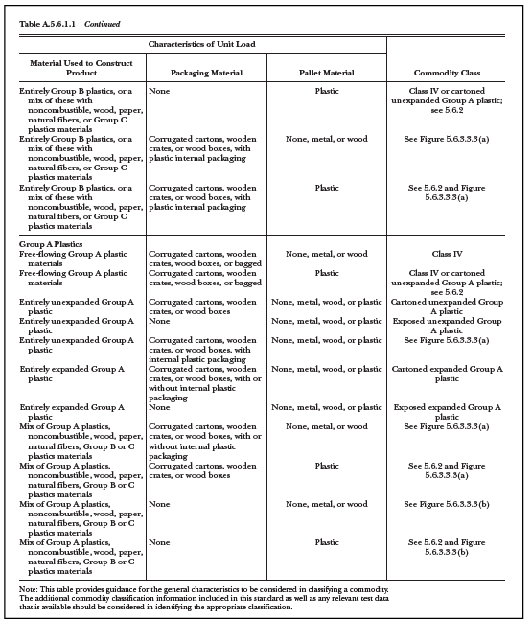
One of the changes in the 2016 edition that addresses Free-Flowing Group A Plastics is the addition of Table A.5.6.1.1 “General Guide to Identifying the Commodity Class for Solid Combustibles.” This table looks at the product material, packaging, and type of pallet used for storage to identify the resulting commodity class. Figure 1 is an excerpt from that table in reference to Free-Flowing Group A Plastics.
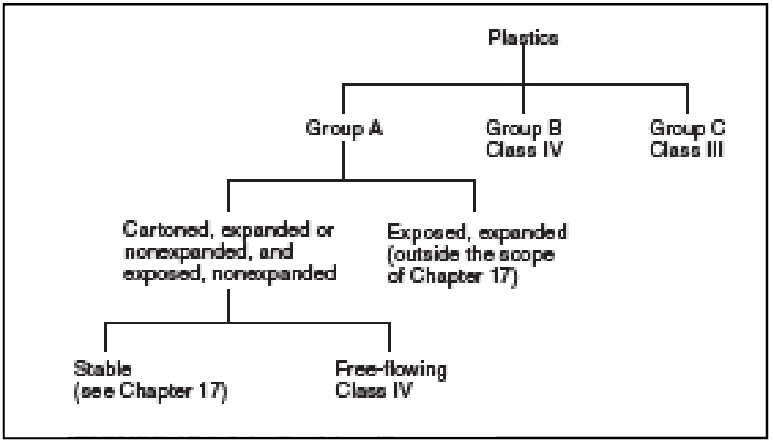
As you can see, Free-Flowing Group A plastics have two lines occupied. The method of packaging is identified as corrugated cartons, wooden crates, wood boxes, or bagged for both options. However, the pallet material is different and clearly affects in commodity class even though the material product remained constant. As you can see, items that are considered to be free-flowing by material and storage arrangement are reduced to Class IV commodity. While this partial table has been included for reference to the conversation on free-flowing material, I would suggest that you visit it and review the complete table as it address Class I-IV and Group A, B, and C Plastic Commodities. It also addresses mixed group commodities.
Another change in the 2016 edition is the “Decision Tree” located in Chapter 17. Figure 2 shows Figure 17.1.2.1 from the 2013 edition. This is the same decision tree that has appeared in NFPA 13 since it was first included in the 2002 edition.
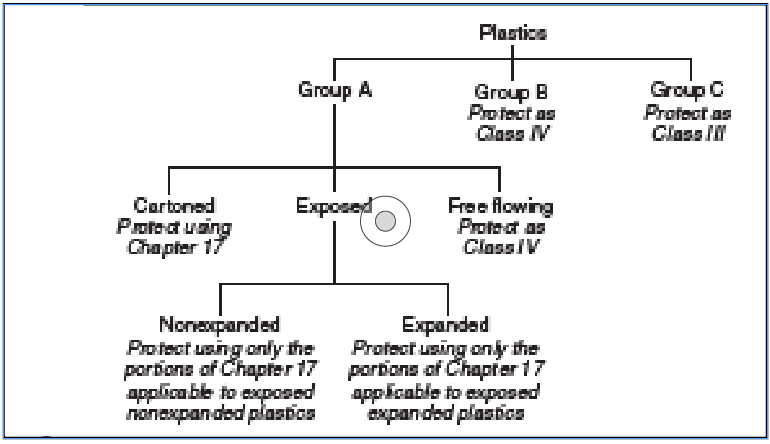
The thing to notice is that Class A Plastics have only two options for selection, and it shows that expanded or unexpanded, and exposed, unexpanded plastics were divided into stable and free-flowing. Figure 3 is Figure 17.1.2.1 of NFPA 13 2016 edition. The tree remains unchanged at the first level, but the differences are quickly noticeable when looking at the subgroups of the Group A Plastics.
The first level of Group A plastics are now separated into cartoned, exposed, and free-flowing. These changes were made to help simplify the identification of commodity classes, and to place free-flowing as a standalone consideration. Now when a designer is attempting to classify plastics, the question simply becomes is the commodity cartoned, exposed, or free-flowing. At that point the only item requiring additional consideration are exposed plastics.
Hopefully the new additions and changes to the 2016 edition will help simplify the process of classification for designers. As we discussed earlier, the benefit of classifying an item as a free-flowing Group A Plastic has the major advantage of being able to reduce to a Class IV commodity design criteria. Even though most Authorities Having Jurisdiction (AHJs) will not have adopted the 2016 standard now or in the near future, I would still encourage everyone to look closely at it from beginning to end.
 Chris Kachura, P.E., is a major projects salesman and project manager for Southeast Fire Protection, L.P., Houston, Texas. He has a bachelor of science degree in Mechanical Engineering and Physics from Texas Tech University, multiple licenses with the Texas Fire Marshal’s Office, and is a registered P.E. in the State of Texas. He is a member of the NFPA 30 Storage and Warehouse of Containers and Portable Tanks Committee, AFSA, NFPA, and SFPE.
Chris Kachura, P.E., is a major projects salesman and project manager for Southeast Fire Protection, L.P., Houston, Texas. He has a bachelor of science degree in Mechanical Engineering and Physics from Texas Tech University, multiple licenses with the Texas Fire Marshal’s Office, and is a registered P.E. in the State of Texas. He is a member of the NFPA 30 Storage and Warehouse of Containers and Portable Tanks Committee, AFSA, NFPA, and SFPE.
IMPORTANT NOTICE: This article and its content are not a Formal Interpretation issued pursuant to NFPA Regulations. Any opinion expressed is the personal opinion of the author and presenter and does not necessarily present the official position of the NFPA and its Technical Committee.

 Sprinkler Age A Publication of the American Fire Sprinkler Association
Sprinkler Age A Publication of the American Fire Sprinkler Association
